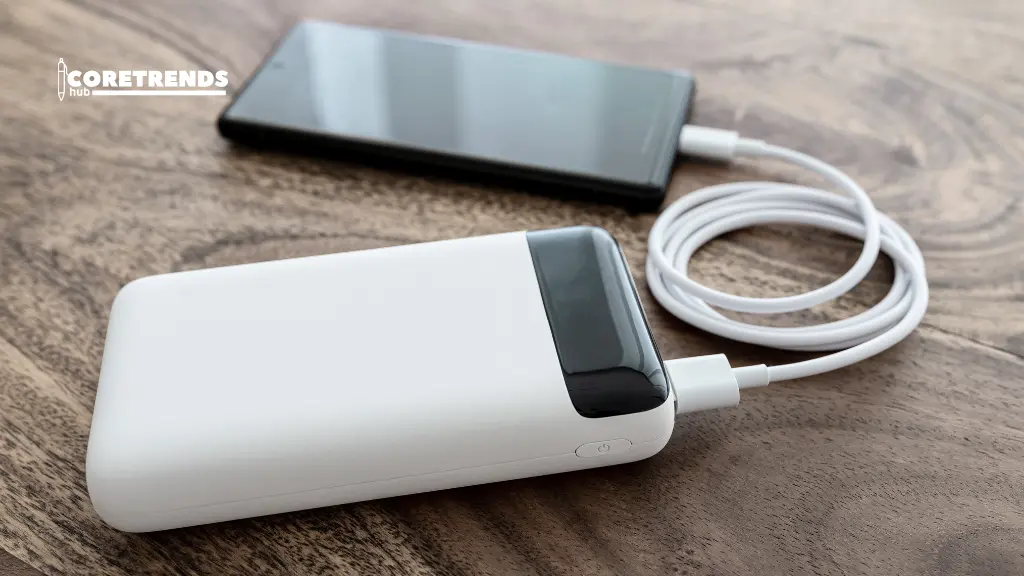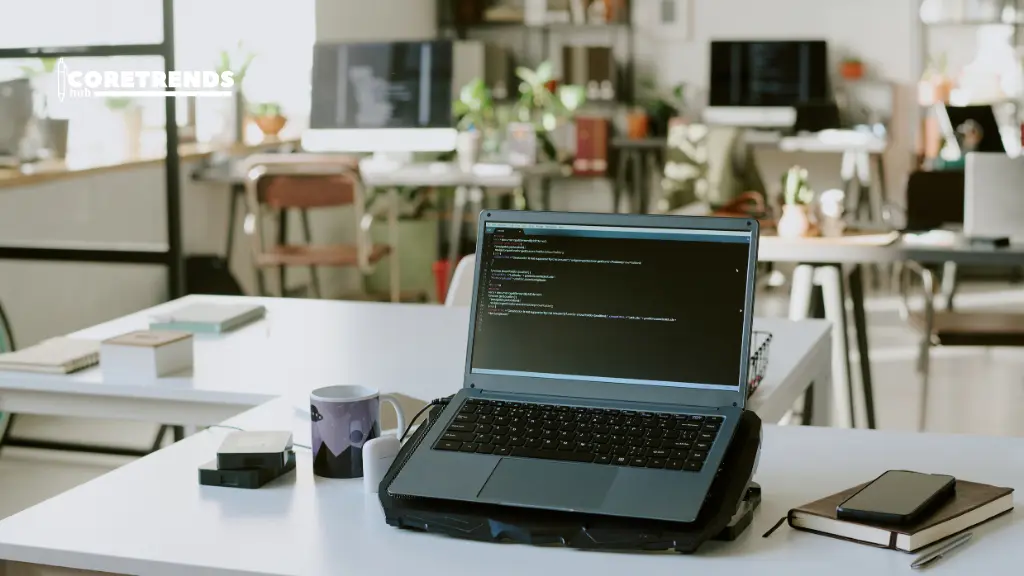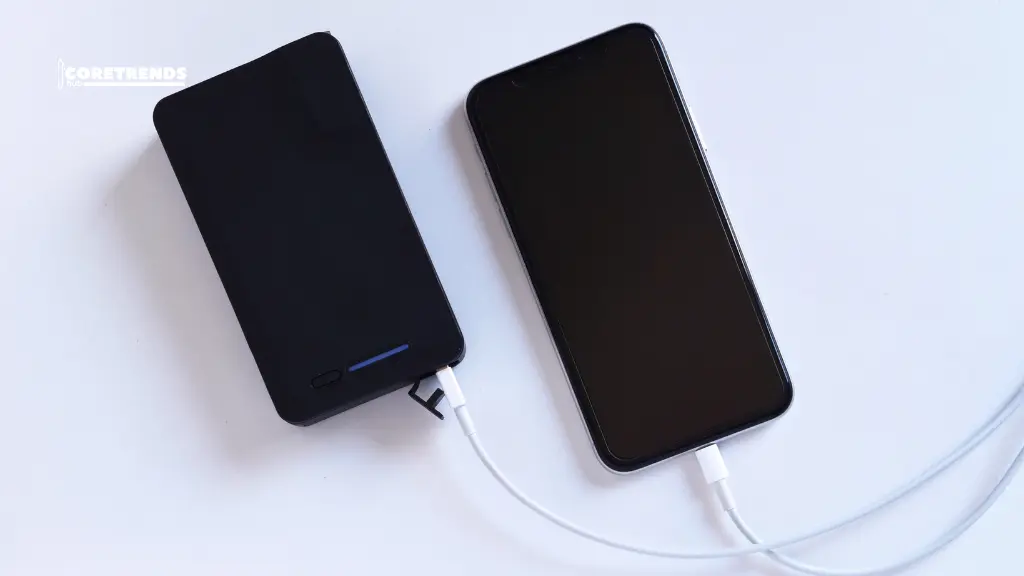An Anker portable charger is a small device that stores power to charge your phone, tablet, or other gadgets when you are away from a wall outlet. It is compact, lightweight, and easy to carry in your bag or pocket. Most Anker chargers come with multiple ports, LED indicators to show battery levels, and fast-charging technology to quickly power your devices.
Using an Anker portable charger is helpful because it keeps your devices powered anytime and anywhere. You don’t have to worry about running out of battery during travel, work, or emergencies. It is reliable, safe, and supports different devices with its smart charging features.
Table of Contents
Charging the Anker Portable Charger
To charge an Anker portable charger, start by connecting it to a power source using the USB cable that comes with it. Plug one end into the charger’s input port and the other into a wall adapter or computer USB port. Make sure the power source is working properly to ensure smooth charging.
Most Anker chargers have LED lights that show the battery level. When the charger is charging, the lights will blink. Once the charger is fully charged, the lights will stay solid. This helps you know exactly when it is ready to use.
Charging time depends on the model and battery capacity. Some chargers take just a few hours, while larger capacity models may take longer. Using the original Anker cable or a high-quality compatible cable is important for safe and efficient charging.
Connecting Devices to the Charger
To charge your devices with an Anker portable charger, first make sure the charger is fully or partially charged. Take the USB cable for your device and plug it into one of the charger’s output ports. Most Anker chargers have multiple ports, allowing you to charge more than one device at the same time.
For smartphones, simply connect the phone’s charging cable to the charger. For tablets or other devices, use the appropriate cable that matches the device’s charging port. Make sure the connection is secure to ensure proper charging.
Some Anker chargers support fast charging. If your device is compatible, it will automatically charge faster when connected to the designated fast-charging port. This helps save time when you need a quick boost of power.
Avoid unplugging the device too often while charging, as this can interrupt the charging process. Once your device reaches full battery, unplug it to preserve both the charger’s and the device’s battery life.
Using Fast Charging Options
1. Check Device Compatibility
Many Anker portable chargers support fast charging, but not all devices can use it. Check your device’s specifications to ensure it supports fast charging. Using fast charging on a device that doesn’t support it may cause slower charging or no benefit at all.
2. Use the Correct Port
Anker chargers usually have specific ports for fast charging, often labeled as “IQ” or “PD.” Always connect your device to these ports to get the maximum charging speed. Using a regular port may still charge your device but more slowly.
3. Use High-Quality Cables
Fast charging works best with the original cable that came with your device or a high-quality compatible cable. Cheap or damaged cables can reduce charging speed and may even damage the device or charger over time.
4. Monitor Heat and Safety
Fast charging generates more heat than normal charging. Make sure to place the charger and device on a flat, cool surface while charging. Avoid covering them with blankets or keeping them in direct sunlight to prevent overheating.
5. Optimize Charging Habits
For best results, try charging your device when it has at least 20% battery left. Avoid using the device heavily while fast charging, as running apps or games can slow down charging and increase heat, reducing efficiency.
Tips for Safe and Efficient Charging
- Keep your Anker portable charger and devices in a cool, well-ventilated area to avoid overheating.
- Use original USB cables or high-quality compatible cables to ensure safe and fast charging.
- Charge your devices in a safe environment, away from water, damp areas, or unstable surfaces.
- Unplug the charger once your device or the charger itself is fully charged to prevent overcharging.
- Store the portable charger in a cool, dry place when not in use to maintain battery health.
- Avoid using the device heavily while charging, as it can slow down charging and increase heat.
- Check the charger and cables regularly for any damage before use to ensure safe operation.
Common Mistakes to Avoid
- Using Damaged or Low-Quality Cables: Using old, frayed, or cheap cables can slow down charging, cause interruptions, or even damage your devices and charger. Always check cables before use.
- Overcharging Devices: Leaving your device connected after it is fully charged can reduce battery life over time. Unplug your device once it reaches 100% to maintain battery health.
- Ignoring Indicator Lights: Most Anker chargers have LED lights to show charging status. Ignoring them may lead to undercharging or overcharging your devices. Always pay attention to these indicators.
- Charging in Unsafe Environments: Charging near water, in damp places, or on unstable surfaces can be dangerous. It can cause short circuits, overheating, or even accidents.
- Using the Wrong Port for Fast Charging: Connecting your device to a regular port instead of the fast-charging port may result in slower charging. Always use the designated port for optimal speed.
- Heavy Device Usage While Charging: Using your device for games or apps while charging can increase heat and slow down the charging process. It can also strain both the device and charger.
Maintaining Your Anker Portable Charger
Regular cleaning is important to keep your Anker portable charger working properly. Wipe it with a dry or slightly damp cloth to remove dust and dirt. Avoid using water directly or harsh chemicals, as they can damage the internal components. Make sure the ports are clean and free from debris to ensure a proper connection with your devices.
It’s also important to check for wear and tear. Inspect the charger and cables regularly for frayed wires, loose ports, or other signs of damage. Replace any damaged cables immediately to prevent charging problems or potential hazards. This helps keep both your devices and the charger safe.
Proper storage is key to maintaining battery health. Keep the charger in a cool, dry place away from direct sunlight and extreme temperatures. Avoid leaving it in cars or near heaters, as heat can shorten the battery’s lifespan. When not in use, storing it safely ensures it stays ready for charging when needed.
Conclusion
Using an Anker portable charger is simple and convenient. First, make sure the charger itself is fully charged. Connect it to a power source using the supplied USB cable and wait until the LED lights show it is ready.
To charge your devices, plug them into the charger’s output ports using the correct cables. For faster charging, use the designated fast-charging port if your device supports it. Avoid overcharging and keep the charger in a cool, safe place.



